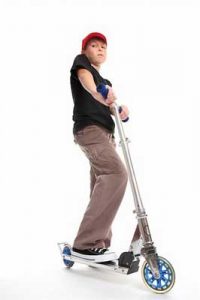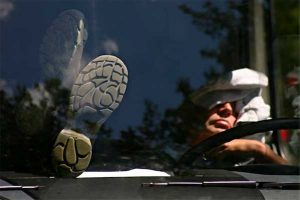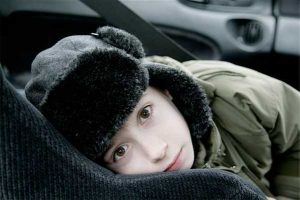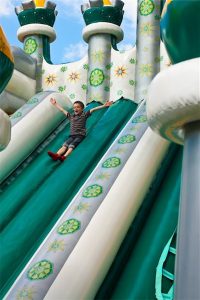 There has been a noticeable increase in the popularity of electric scooters in recent years and, with that, an increase in the number of facial and head injuries being reported by emergency departments. According to a recent Rutgers study, the correlation between the two may be due, at least in part, to a lack of standardized regulations.
There has been a noticeable increase in the popularity of electric scooters in recent years and, with that, an increase in the number of facial and head injuries being reported by emergency departments. According to a recent Rutgers study, the correlation between the two may be due, at least in part, to a lack of standardized regulations.
The study revealed that over the past 10 years, emergency departments reported 990 injuries to the head and face directly resulting from electric scooter use. Most of the injured were men ranging in age from 19 to 65 years; although 33 percent of those injured were children between the ages of 6 and 12 years. The study further disclosed that 66 percent of those injured reported that they were not wearing helmets while riding.
Laws regulating electric scooters and the use of helmets and other protective gear vary by state and those variations can be significant. Some states have no regulations regarding electric scooters or helmet usage while others, like New Jersey, apply the same laws to electric scooters as they do to bicycles. Read “E-Scooter Injuries on the Rise; Researchers Urge Helmet Laws” for further details.
 You might assume that in order to be charged and convicted of a DWI or DUI you would need to be driving a motor vehicle, but that is not necessarily the case in New Jersey.
You might assume that in order to be charged and convicted of a DWI or DUI you would need to be driving a motor vehicle, but that is not necessarily the case in New Jersey. New Jersey Injury Lawyers Blog
New Jersey Injury Lawyers Blog











